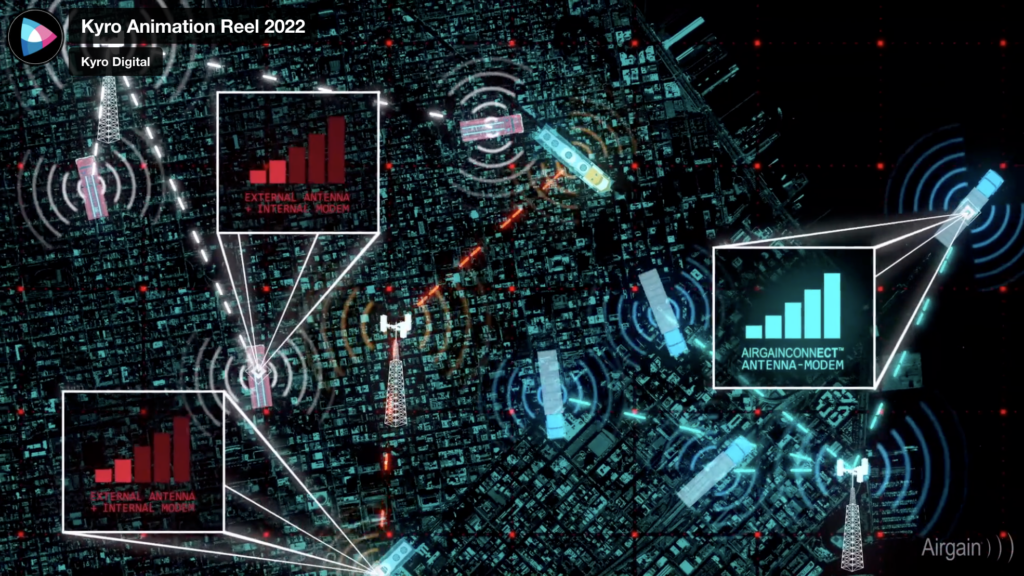Envision it: you finally got your video in front of your customer and they’re intrigued. Unfortunately, though, they’re not sure how to get started with you. Perhaps they feel as if your video simply informed them of your existence, rather than moving them to learn more. Unless this was your goal, you probably haven’t done a good job of guiding your customer into a relationship with you.
Oftentimes, you’ll want your customers to do something with the information that you give them. Sometimes your goal is simply to inform, but the majority of the time you’ll be seeking to inspire action. To show a client a new way of doing things.
At the end of the day, you provide a product or a service for a reason. You solve a problem for or assist your ideal buyer in some way. So while you’re using video to engage your audience, you also want to be certain that you clearly propose the “next steps” for your customer.

Where Do We Go From Here?
Once your customer has touched your brand, you’ll want to show them what to do next. In other words, what should your buyer do with your video? How do you want them to respond?
You’ve likely heard about “calls to action,” especially if you do marketing. In a sense, this is what I’m writing about. However, I don’t just want to define them or give tips about using them well; there are plenty of articles that do that already. Instead, I’m seeking to show how they can be used to build a better customer experience.

Advising Your Buyer
We’ve talked before about how to secure and market to your audience. But they need something clear to do after learning about your brand (or, frankly, even after purchasing). This is the next action that they can take after watching your video. Don’t limit your thinking on this to advertisements or marketing to prospects – this applies to all kinds of steps in your ideal customer journey. We think you should always make next steps known, no matter what you’re doing with a client.
Your goal should be to guide your buyer into a purchase and then advise them throughout their interaction with your brand. Not only does this foster more trust in your company, but it will help you assist your client with their needs – the way that your business can help them most. This leads to more business and a better customer experience, according to Huffington Post.
Your clients won’t necessarily know what to do next, so tell them.

Make Your Instructions Clear
There’s a lot of advice floating around about how to make calls to action sound great, but we believe that honesty and clarity is key. Forbes writes that people are constantly paying partial attention to multiple things, so “it’s likely you’ll lose” if your “call to action…[is] subtle.” If you want your buyer to do something, “you need to be as explicit as possible, as well as clear and concise.”
You also need to make it easy for the customer to follow your instructions. Anticipate and overcome barriers for them. This could mean that you offer a clickable button or an article to read or even just the URL to your website. You need to understand your business’ overall approach and propose solutions that fit your unique video strategy.
Know what your desired result is and use short, simple phrases to guide your customer. A good video with a good call to action means a great customer experience!

How To Write Next Steps
Now that you’ve gotten an idea of something simple to tell your client, don’t lean on typical marketing slogans; stuff that you’ve heard before. Instead, put your unique business’ personality into your phrase. This is hard to do, but will help you stand out.
Then, call out your brand, something useful about your service, or offer a deal of some sort. We’ve all seen excellent examples of compelling deals: Purple’s 100-night trial period (“if you don’t love it, we’ll pick it up for free”) or Epic’s ski pass tagline: “Prices go up Oct 13. Don’t wait, buy today!” All of this will – ideally – inspire your customer to action.

Leaving Space
Finally, leave room for people to “browse.” In other words, give customers a bit of breathing room. Think of yourself like a local market in the plaza – a lot of people will pass you, some will stop in, some will buy, and some will love and promote your business.
We don’t know exactly what it means for you to allow room in this process, but we’re certain that you have an idea of what this looks like. Build that out and go with it!
Now that you’ve done all of this, you’ll be able to compel your audience into a better customer experience. You’ll have found ways to guide your customer and to help them engage with you. From there, you can take these principles and apply them all over your business. A better customer experience will mean that more people will want to work with you. It’s all a learning process, so practice hard and hone your skill.


